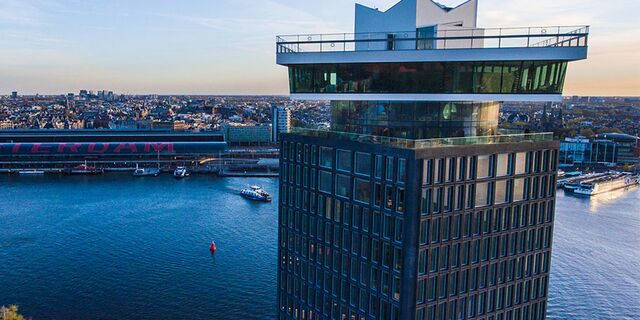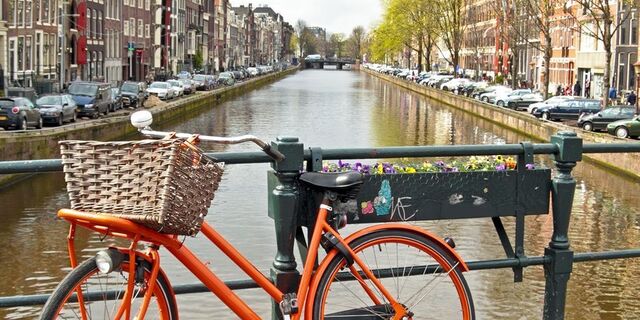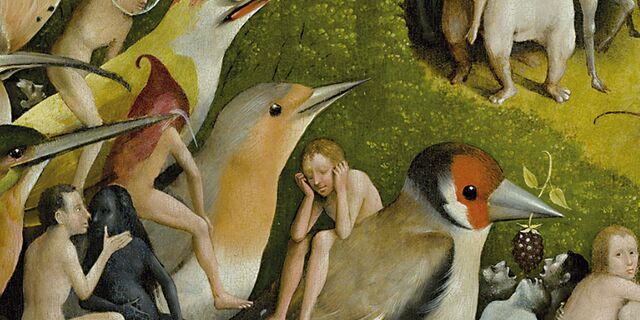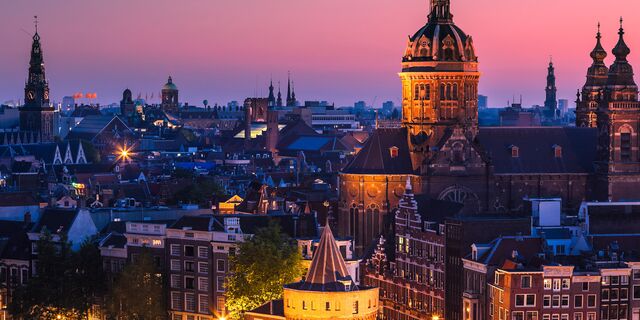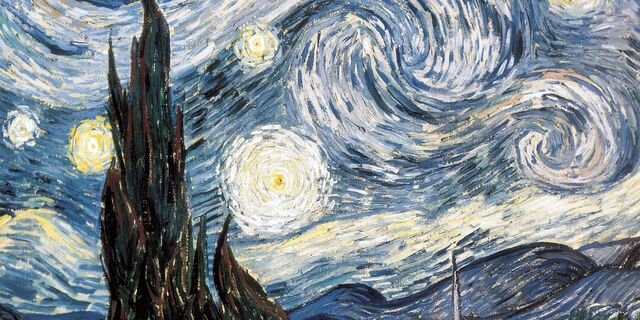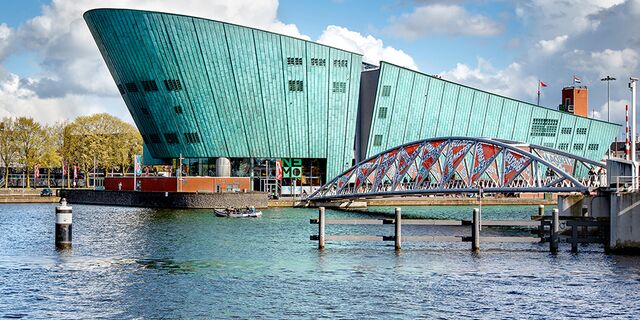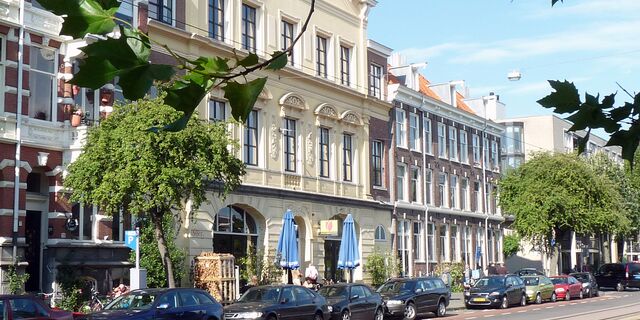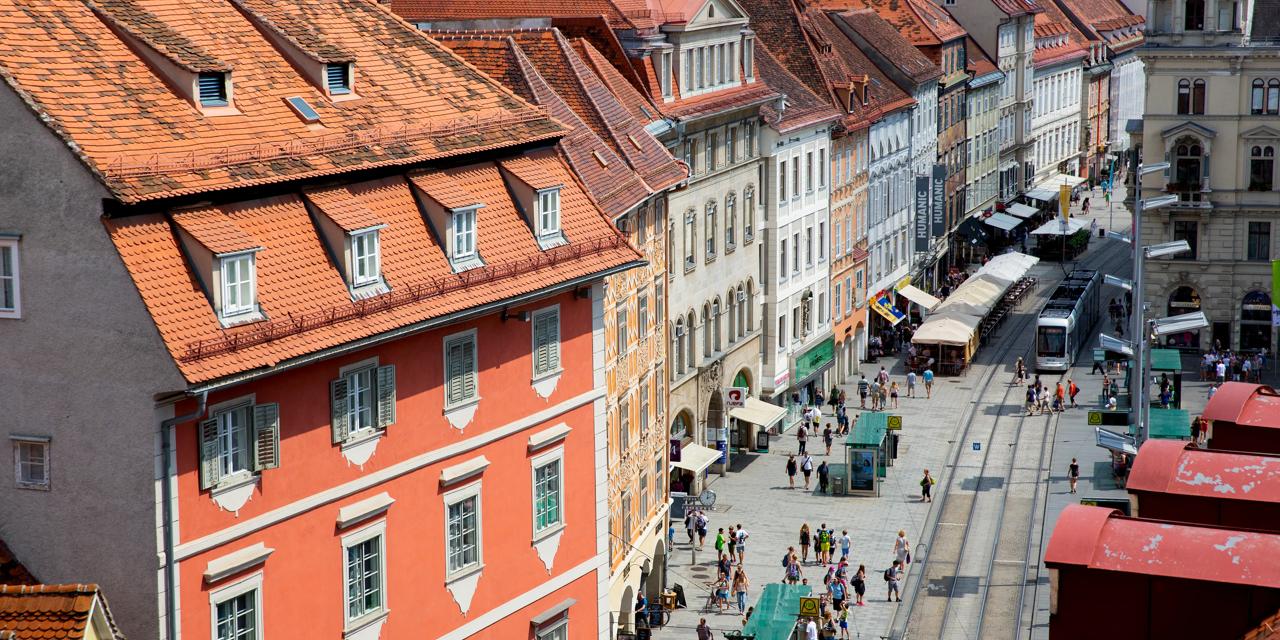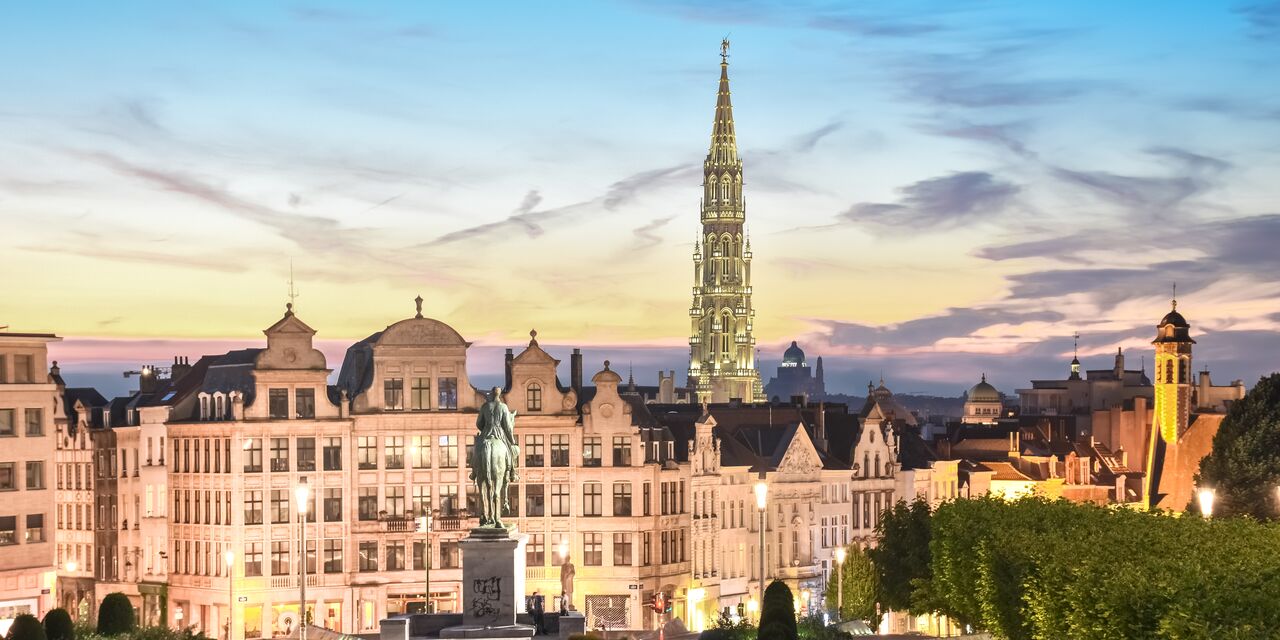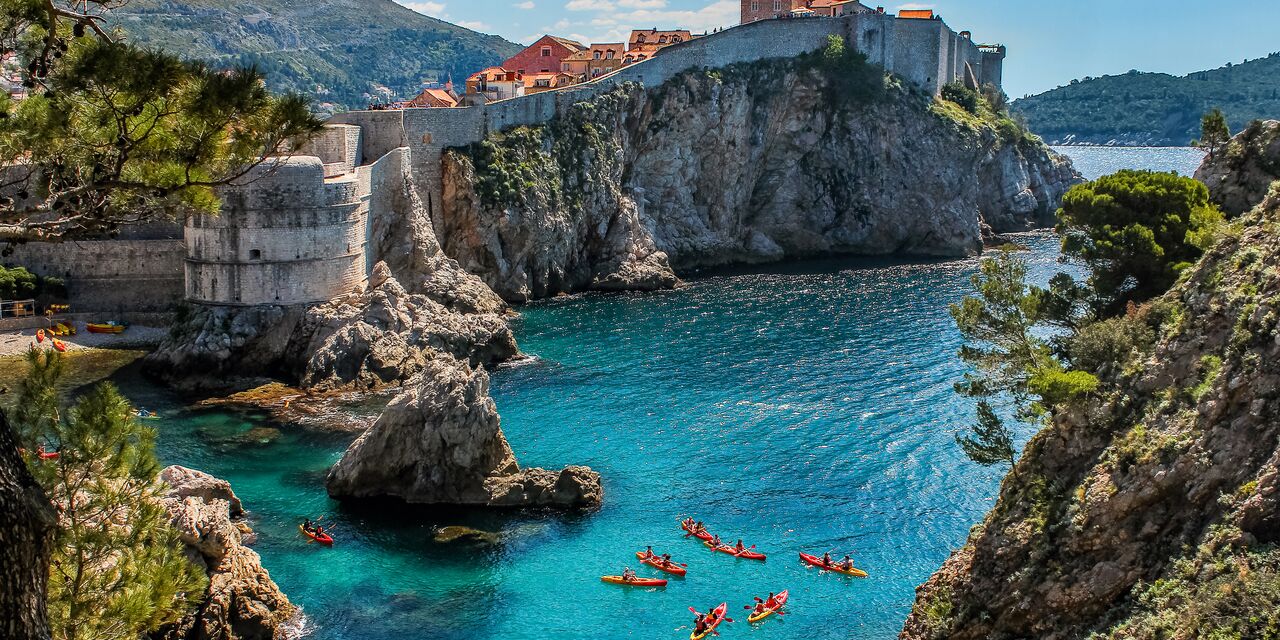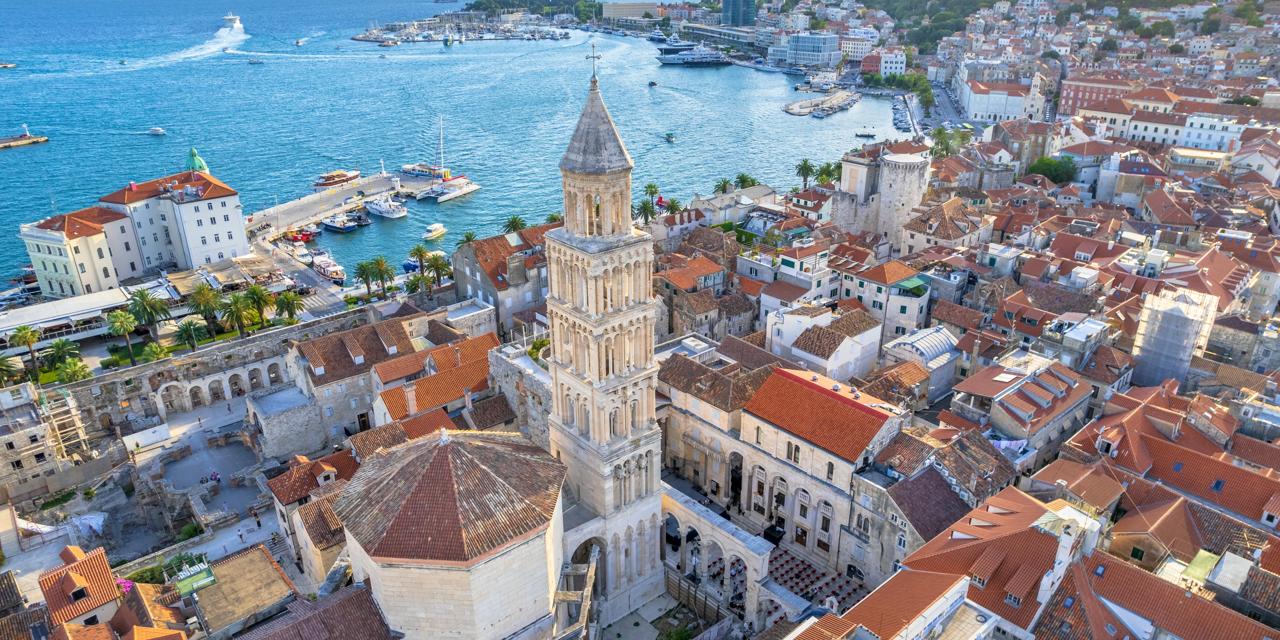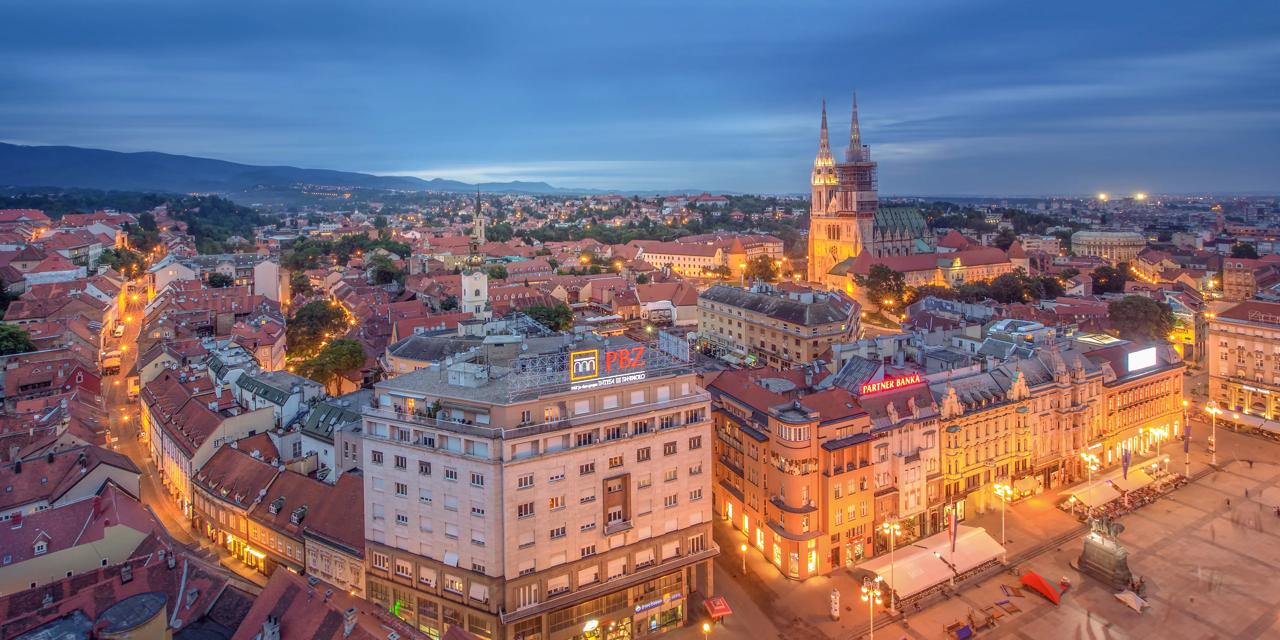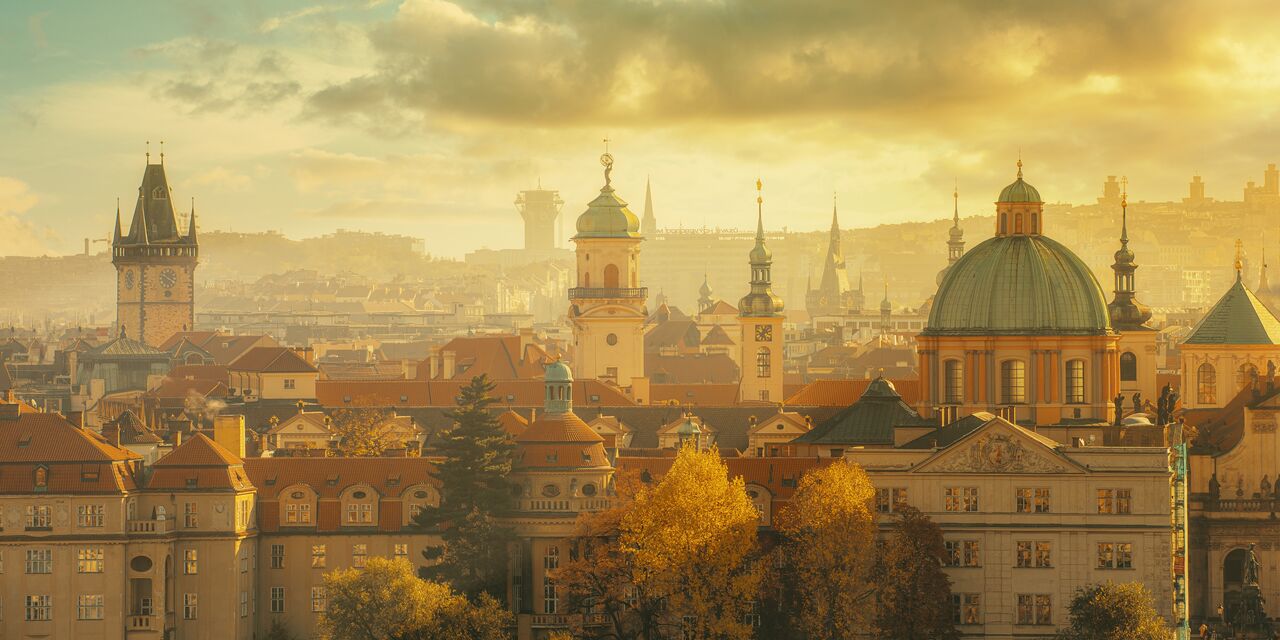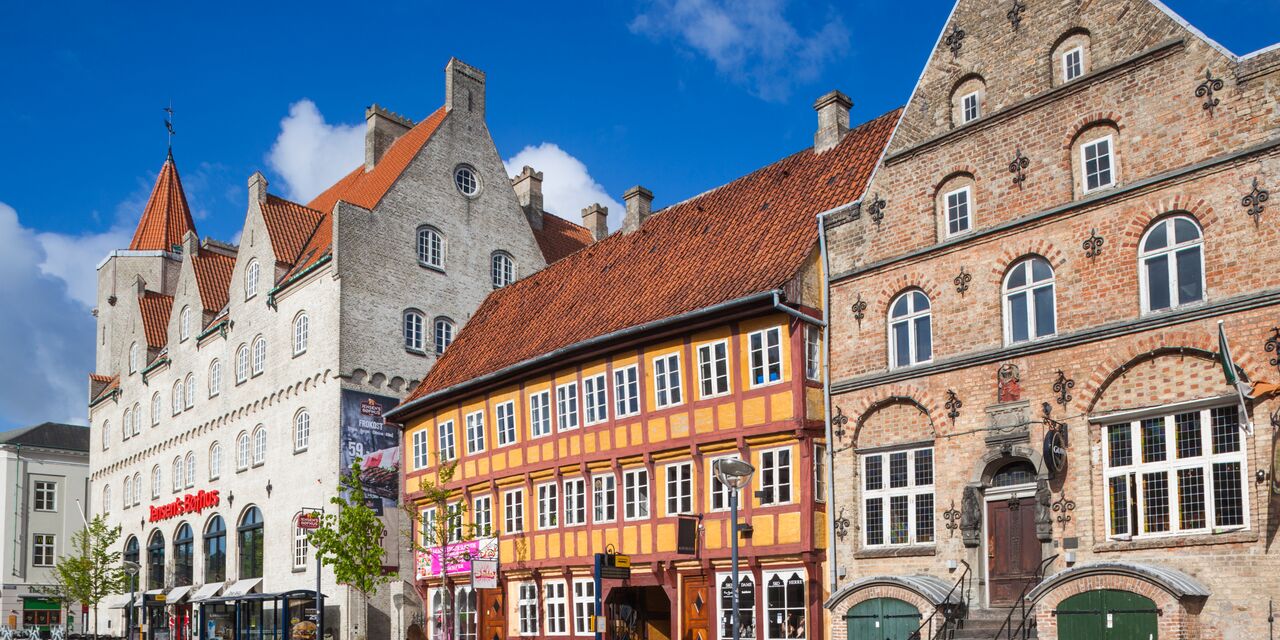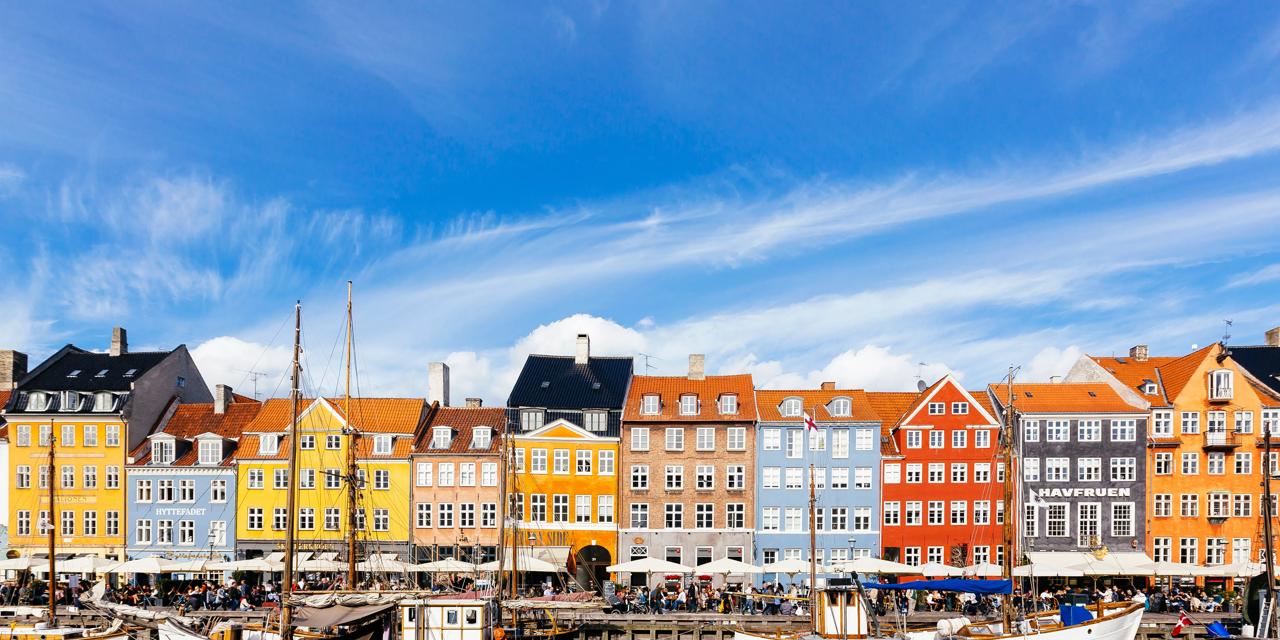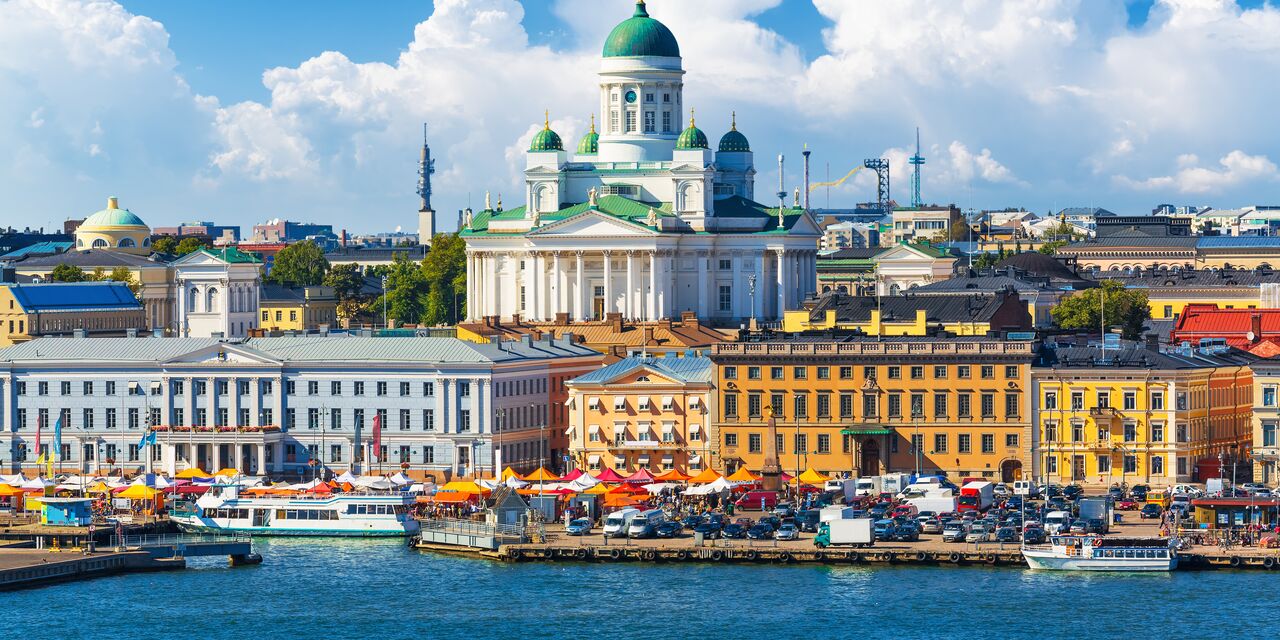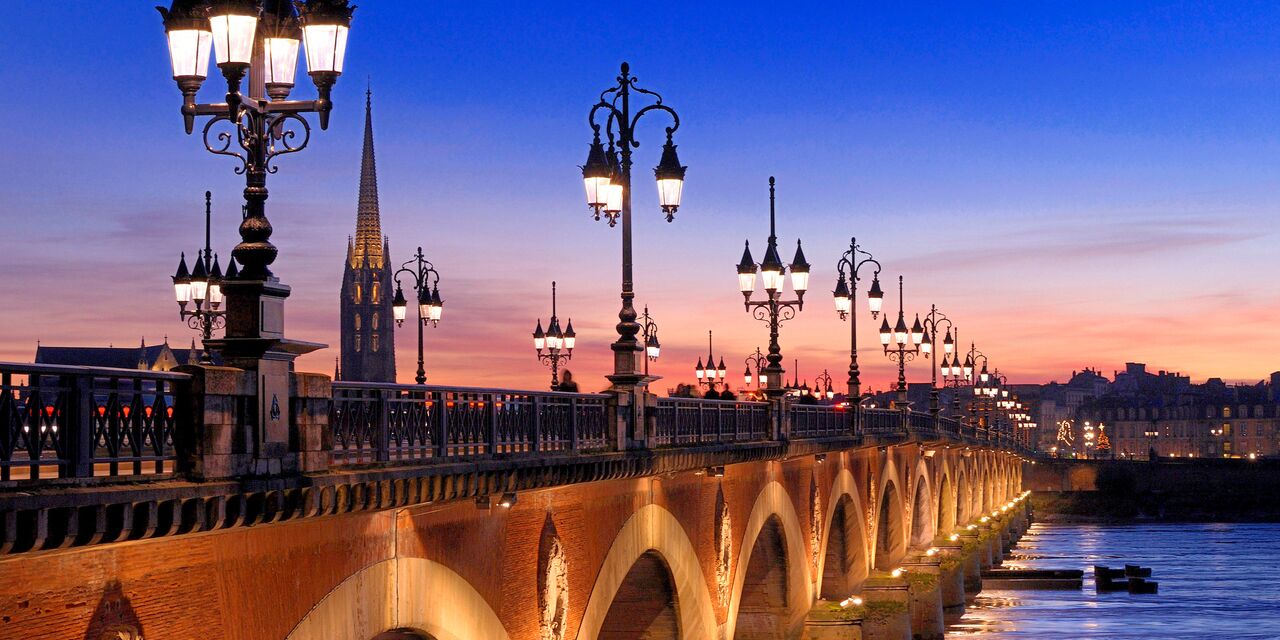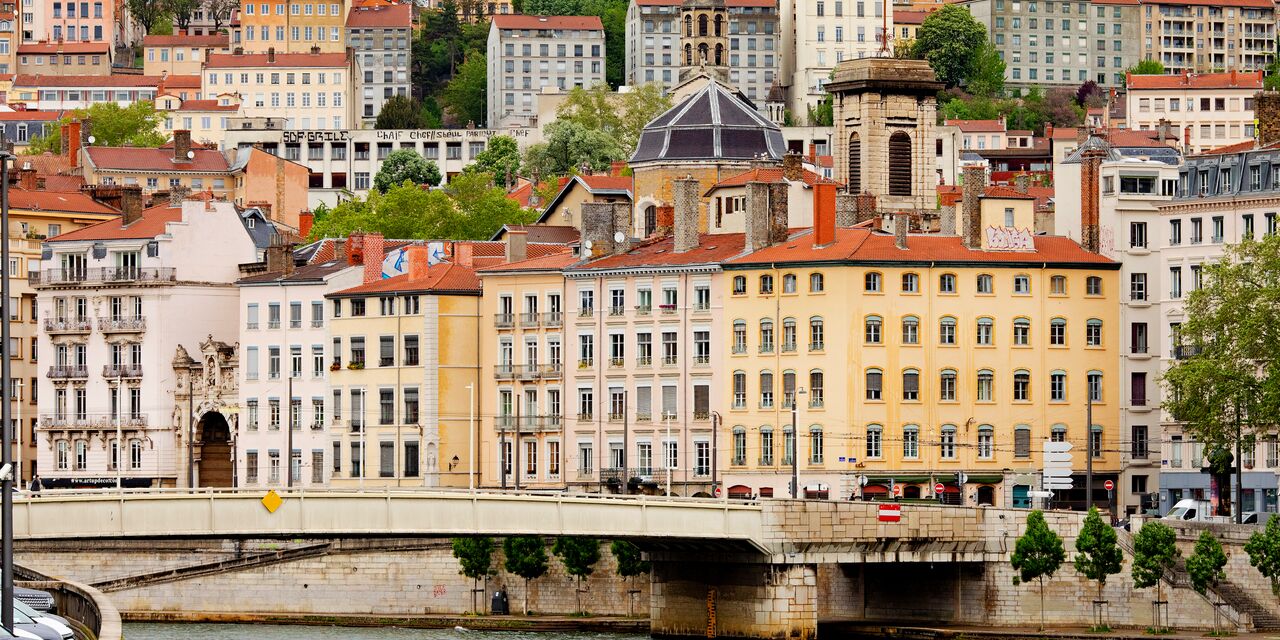Treasures of the Royal Palace Amsterdam
The stately Royal Palace on Dam Square is one of the main historic monuments in Amsterdam. In the 17th century, the imposing building in the city centre was dubbed the ‘eighth wonder of the world’. Nowadays it is mainly used for official receptions and royal events, although the antique interior and beautiful art collection are open to the general public throughout the year.
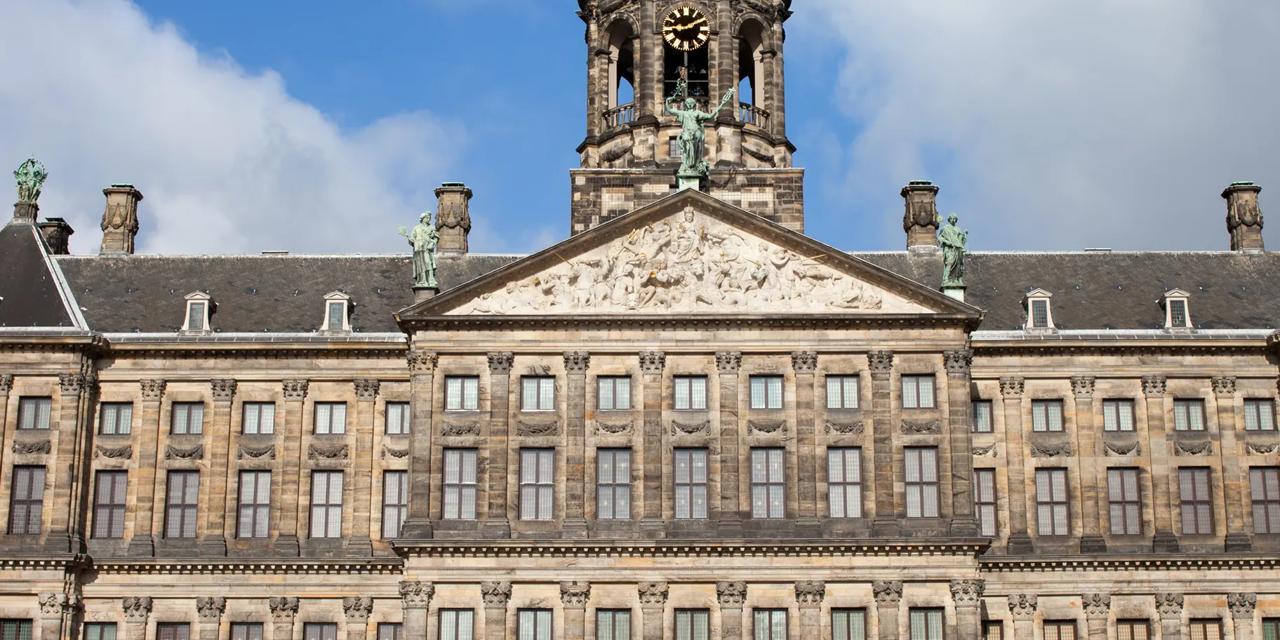
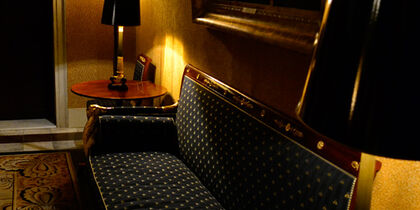
From City Hall to Royal Palace
Being the most important merchant city in the world in the 17th century, Amsterdam required a representative city hall. Dam Square, the historic heart of the city, was deemed to be the ideal location. On its completion in 1665, the City Hall – which is supported by 13,659 wooden piles – was the largest public building in Europe. The pride of Amsterdam's inhabitants is exemplified by the renowned Dutch poet Joost van den Vondel, who compared the stunning building with ‘a bride who is the centre of attention on her wedding day’. It wasn’t until 1808 that the building became royal when King Louis, the brother of the French emperor, started using it as his living quarters. He didn’t get to enjoy it for long, however; after Napoleon was overthrown in 1813, Prince William of Orange gave the Palace back to the city. The Empire furniture, however, is still on display today, comprising some 2,000 pieces ─ from wooden and upholstered furniture to brass chandeliers and original tapestries.
Golden Age showpieces
The Palace includes 17 majestic halls, rooms and galleries open to the public, most importantly the Citizens’ Hall which is the largest hall in the Palace. The space symbolises the universe; the marble floors feature maps of the Northern Celestial Hemisphere and also the Eastern and Western Hemispheres. The Palace is best visited during its annual exhibitions in summer and autumn. In summer it displays the rich history of the building and showpieces from the Golden Age, while in autumn the focus shifts to young and upcoming artists who have been nominated for the Royal Award for Modern Painting.
Discover other destinations in Europe
*The displayed prices are for one adult. All amounts are in USD. Taxes and surcharges are included. No booking fee is applicable. Prices shown may vary depending on fare availability.
The weather forecast information is provided by World Weather Online. Air France-KLM is not responsible for the reliability of this data.


